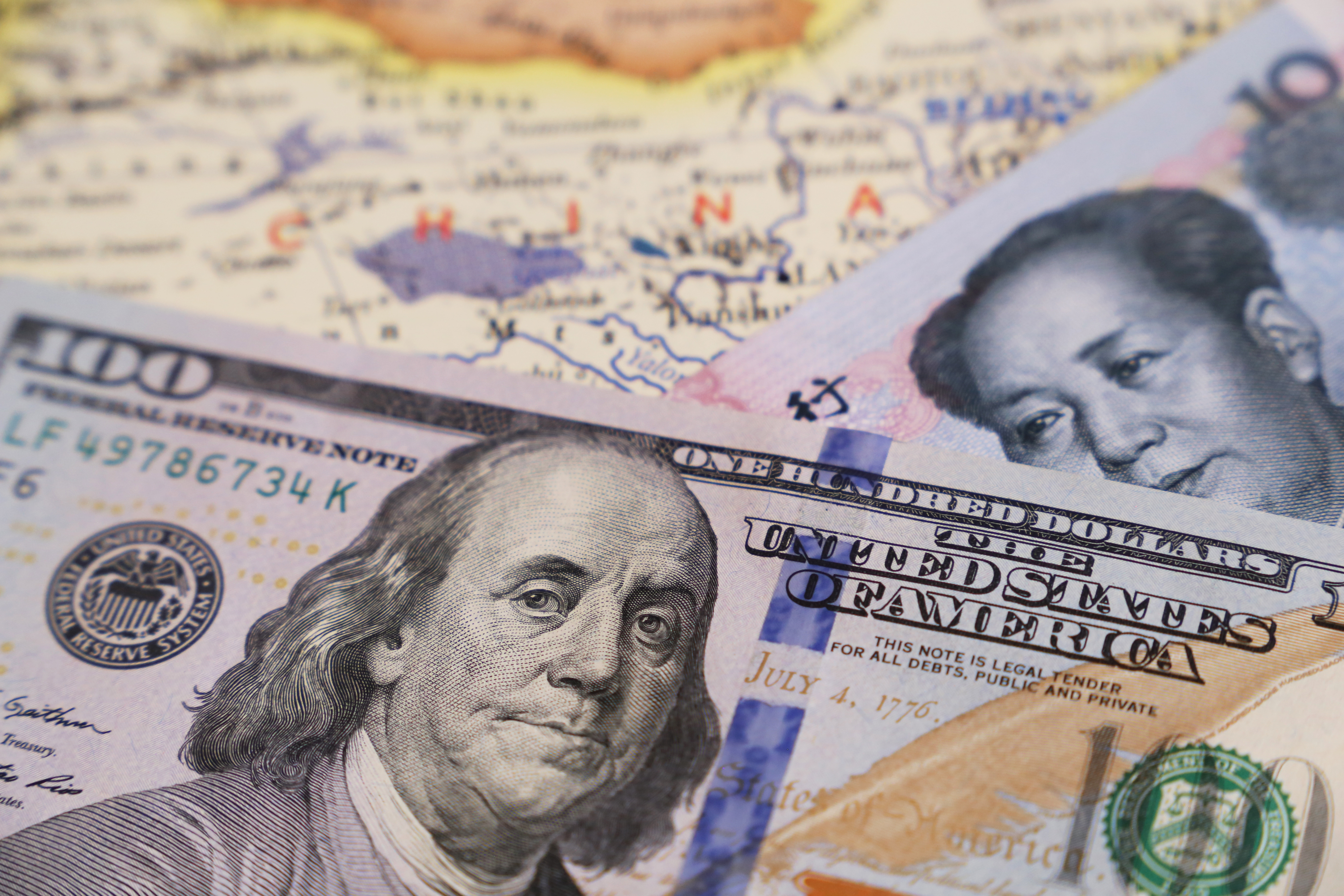How the U.S. Can Solve the Current Trade Tariff Impasse With China
Movement on tariffs in the first round — with many more rounds to go in the long term. Originally published at The American SpectatorTrade talks between the U.S. and China have hit an impasse, but there is surprising bipartisan support for the Trump administration to stay the course on what will be a long process to resolve the full range of trade problems specific to China.
Success on this first round of trade negotiations in the form of ending the tariff penalties that are at the heart of a year-old trade war, with further reduction and even elimination of tariffs on as many categories as possible, should actually be attainable in the near term.
Future rounds of trade talks to find remedies for China’s intellectual property and trademark theft, national security threats, and forced technology transfer from American companies doing business in China will be far more problematic.
China is already feeling the pain of our tariffs, just as American farmers are feeling the pain of their retaliatory tariffs against U.S. agricultural products. Both sides benefit from more trade with minimal tariffs that come naturally because of comparative advantage — a theory that has worked consistently since David Ricardo developed it in 1817.
When China was admitted to the World Trade Organization (WTO) in 2001, it was granted “developing country” status — allowing it to have higher tariffs on imports from the U.S. and Europe in order to protect so-called infant industries, even while China benefited from low tariffs on its exports into those same countries.
Now that China’s economy is the second-largest in the world after the United States — having increased its GDP nearly 10-fold since 2001 — China should follow the precedents of South Korea, Taiwan, Singapore, Hong Kong, the Philippines, Indonesia and Malaysia, who all gained by lowering their respective tariff rates once they grasped the trade benefits of comparative advantage. Stellar examples are Singapore and Hong Kong, which have become the wealthiest Asian countries on a per capita basis, largely because they have maintained 0 tariff rates. In short the principles of comparative advantage remind us that trading partners each benefit when they export what they’re good at producing and import what they’re not so good at.
The traditional understanding of comparative advantage has expanded in the last 50 years as economists recognized the importance of what’s known as total factor productivity (TFP), which includes the education and specialized knowledge of the workforce and the technological advancement of the workplace. But TFP now takes into account political, social, legal and regulatory variables at the national level. These include factors such as the ease of business formation, efficiency of capital markets, macroeconomic stability, and rule of law, property rights, free expression, as well as the institutionalization of competition, transparency and accountability.
While China has recently surpassed the U.S. on total patents granted and is moving upstream with artificial intelligence technologies, overall its TFP is a shadow of what we enjoy in the U.S. China’s primary comparative advantage remains large-scale cheap labor suited for consumer product OEM manufacturing. America’s comparative advantages are far superior and include being a world leader in high tech innovation and manufacturing in both electronics and life sciences; having six of the 10 top universities in the world; and eight out of the 10 most valuable brand names in the world.
Countries with high TFP are all at the top of the Index of Economic Freedom. They enjoy greater prosperity because of the aforementioned contributing factors and institutions that enable the free market to thrive with innovation that provides solutions to old and new problems. High TFP is also tightly correlated with healthier societies and cleaner environments — two essential measures of welfare.
The fact is that China probably needs a trade deal with the United States more than we need one with China. This current round of trade talks should result in tariff reductions with attendant benefits to both sides. But we also need to keep the long view. It took the WTO’s predecessor organization, GATT, some 60 years of on and off negotiations — through a series of nine rounds — to bring international tariff levels down to 13% of the high tariff years of the Great Depression.
To its credit, the Trump administration has been the first to articulate how the U.S. has been taken advantage of in prior trade agreements, and to follow through in a resolute push for new corrective and fair agreements.
With a favorable tariff agreement with China, the U.S. can enter the next round of negotiations — and enlist the WTO where possible — to focus on protecting the intellectual property rights and national security interests of the United States.
And the good news is that we can stay that course longer than the Chinese — even indeterminately — so long as we hold on to the Constitution that protects and empowers our total factor productivity advantage.
